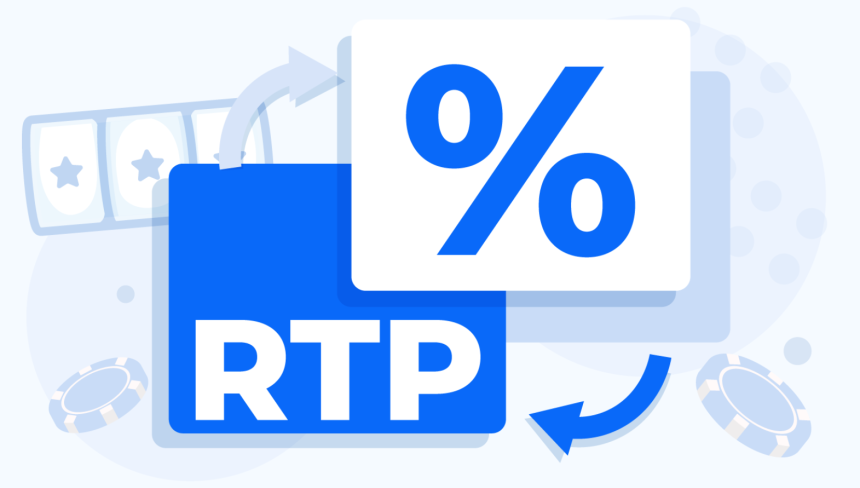RTP, or Return to Player, is a crucial concept in the world of gambling, particularly in online casinos and slot games. It represents the percentage of all the wagered money a slot or casino game will pay back to players over time. Understanding RTP can help gamblers make more informed choices about the games they play. Let’s delve into what RTP means and how it affects your gambling experience.
What is RTP?
RTP is expressed as a percentage and signifies the theoretical return a player can expect from a game in the long run. For example, if a slot game has an RTP of 95%, it means that for every $100 wagered, it’s expected to return $95 to players eventually.
In some best real money casino sites for Australian players and iGaming providers, RTP can reach as high as 99%. However, it’s important to note that RTP is calculated over a long period and across numerous plays, not each play session.
The flip side of RTP is the house edge. If a game has an RTP of 95%, the house edge is 5%. This means that over time, the casino expects to keep 5% of all money bet on that game. The higher the RTP, the lower the house edge, which is generally more favorable for the player.
How is RTP Calculated?
RTP is determined by the game developers through complex mathematical algorithms and extensive testing. It’s based on the rules of the game, the probability of various outcomes, and the payouts for each outcome. The RTP is a theoretical figure and can vary in the short term due to the game’s volatility or variance.
Why RTP Matters to Players
RTP matters to players for several reasons:
- Expected Game Performance: RTP provides insight into the potential return of a game over time. Players use it to gauge how a game might perform financially in the long run.
- Game Selection: Higher RTP games are often more attractive as they suggest a better average return, influencing players’ choices.
- Budget Management: Understanding RTP can help players manage their gambling budget, as games with higher RTPs theoretically offer more sustained play.
- Balancing Risk and Reward: RTP indicates the risk involved in playing a particular game, helping players align their choices with their risk tolerance.
Understanding Variance in Relation to RTP
Variance, or volatility, is another crucial factor in gambling. It describes how often and how much a game pays out. High-variance games pay out less frequently but tend to give larger payouts, while low-variance games pay out more often but with smaller amounts. A game’s RTP doesn’t change its variance; a high RTP game can be either high or low in variance.
Bottom Line
Understanding RTP is essential for anyone involved in gambling, whether casually or seriously. It helps in choosing games that align with your gambling goals and managing expectations. Remember, while RTP offers a guide, gambling is still a matter of luck, and there’s never a guarantee of winning. Always gamble responsibly and within your means.














